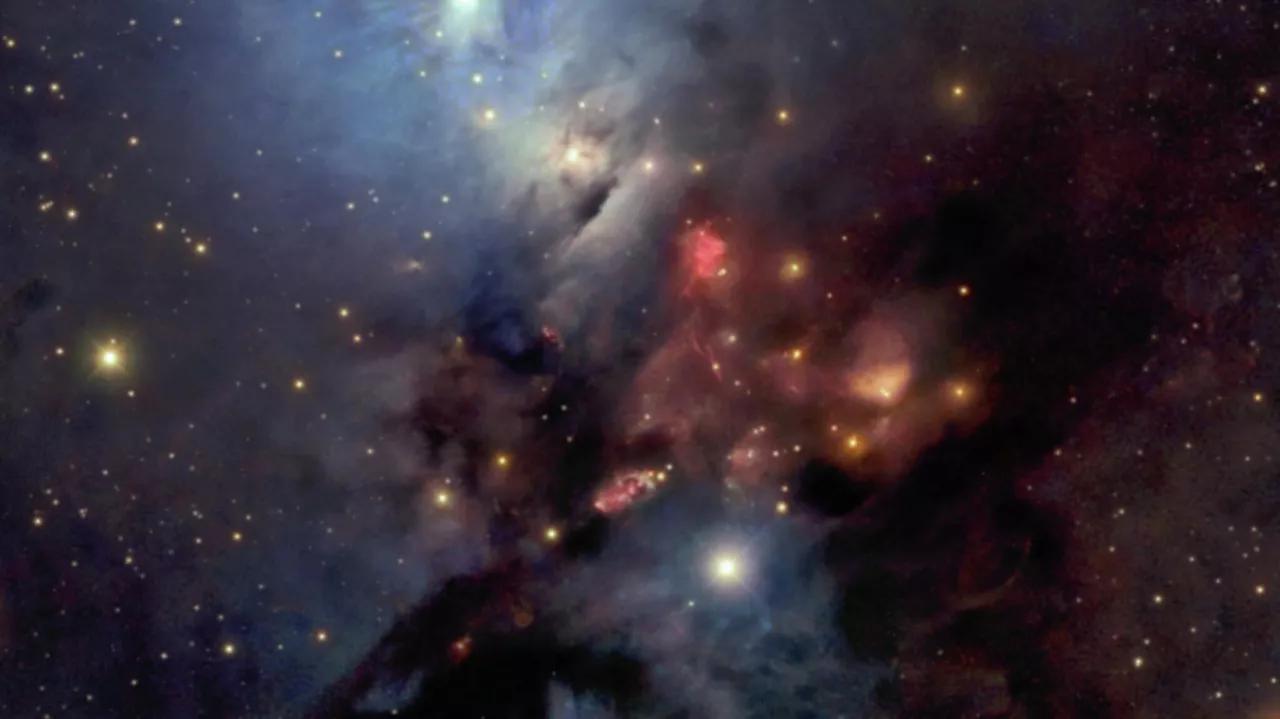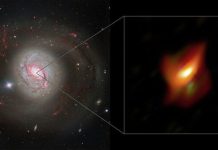Africa-Press – Sierra-Leone. Because the Earth – as of yet the only known planet with life – orbits the sun, planetary systems around stars of similar size and type are logical targets for astronomers looking for extraterrestrials.
Planets in binary systems built around sun-like stars could be great targets in the search for alien life, which could finally bring mankind the result it longs for, a new study published in the journal Nature suggests.
Researchers believe that worlds orbiting binary systems, consisting of two stars gravitationally locked and in orbit around one other, may be the best route ahead in the quest. According to University of Copenhagen researchers, over half of the stars the size of the sun are in binary systems, where the energy stretches the habitable region further out and makes it larger.
The findings determined that these stars warm each other’s worlds, increasing the chances of being orbited by a planet with liquid water. Researchers noted in their study that the discovery is based on observations of a young double star around 1,000 light-years from Earth made by the Atacama Large Millimeter/submillimeter Array (ALMA) telescope in Chile. It’s known as NGC 1333-IRAS2A and is encircled by a gas and dust disc. The researchers developed computer simulations that went back and forth in time.
The circulation of gas and dust, for instance, does not follow a consistent pattern. It gets extremely powerful for “relatively” short periods of time over thousands of years. The binary star brightens up to a hundred times before returning to its original state. Because the two stars encircle one another, the researchers believe this cyclic pattern can be explained by duality.
Their joint gravity will affect the surrounding disc at regular intervals, causing massive volumes of debris to fall toward the star. The research’s star system, however, is still too young for planets to have formed, according to the study.
According to Jorgensen, such molecules can be “building blocks for more complex molecules which are key to life as we know it. For example, amino acids which have been found in comets.” ALMA is a collaboration of 66 telescopes that enable significantly higher resolution than could be achieved by a single telescope.
Last December, NASA launched the James Webb Space Telescope, which is expected to join the quest for extraterrestrial life in the near future. The ELT (European Large Telescope) and the tremendously powerful Square Kilometer Array will be added before the end of the decade. The ELT will reportedly be the world’s largest optical telescope, with a 39-metre mirror, and will study the atmospheric conditions of exoplanets outside the solar system.
For More News And Analysis About Sierra-Leone Follow Africa-Press






